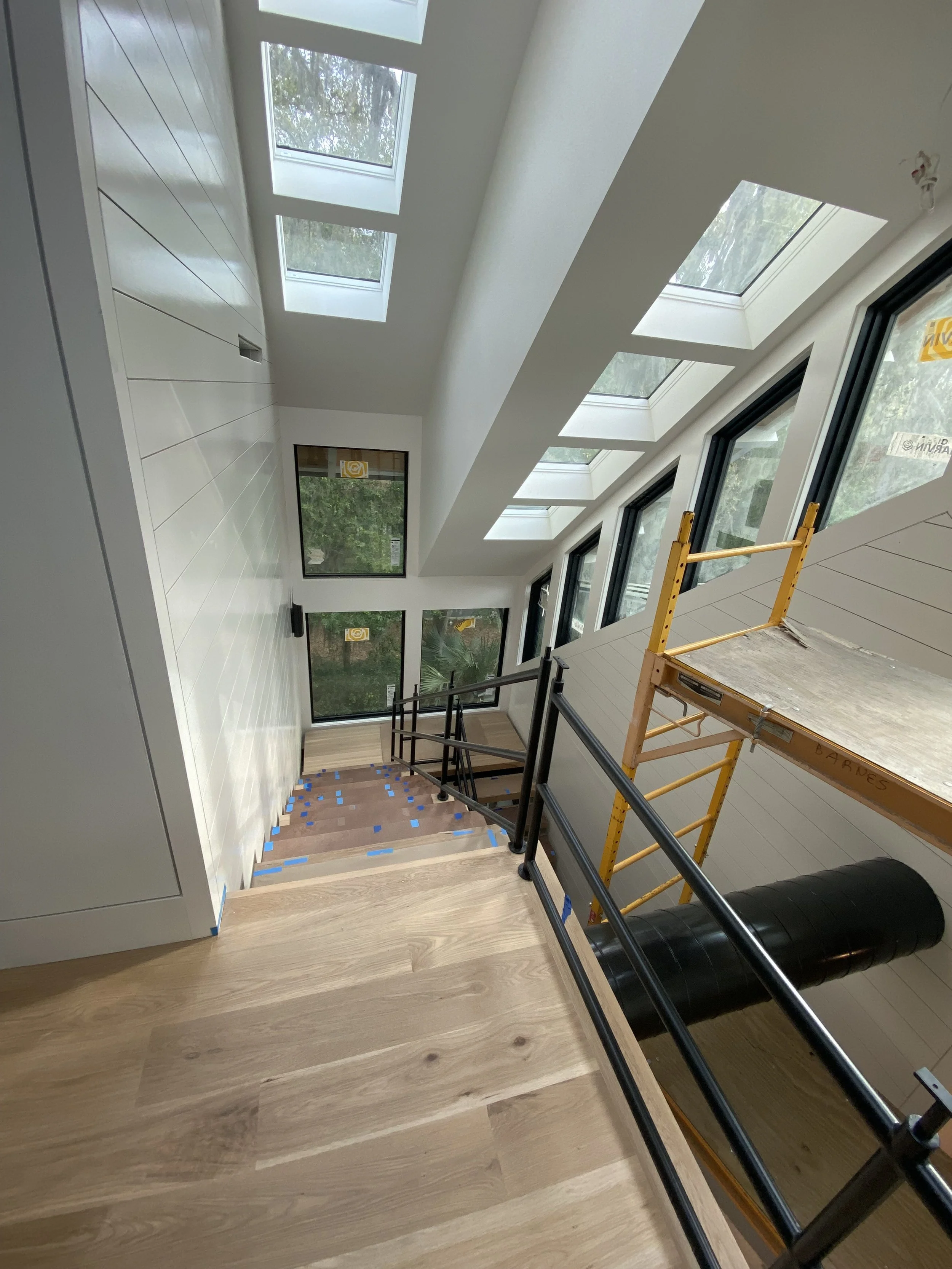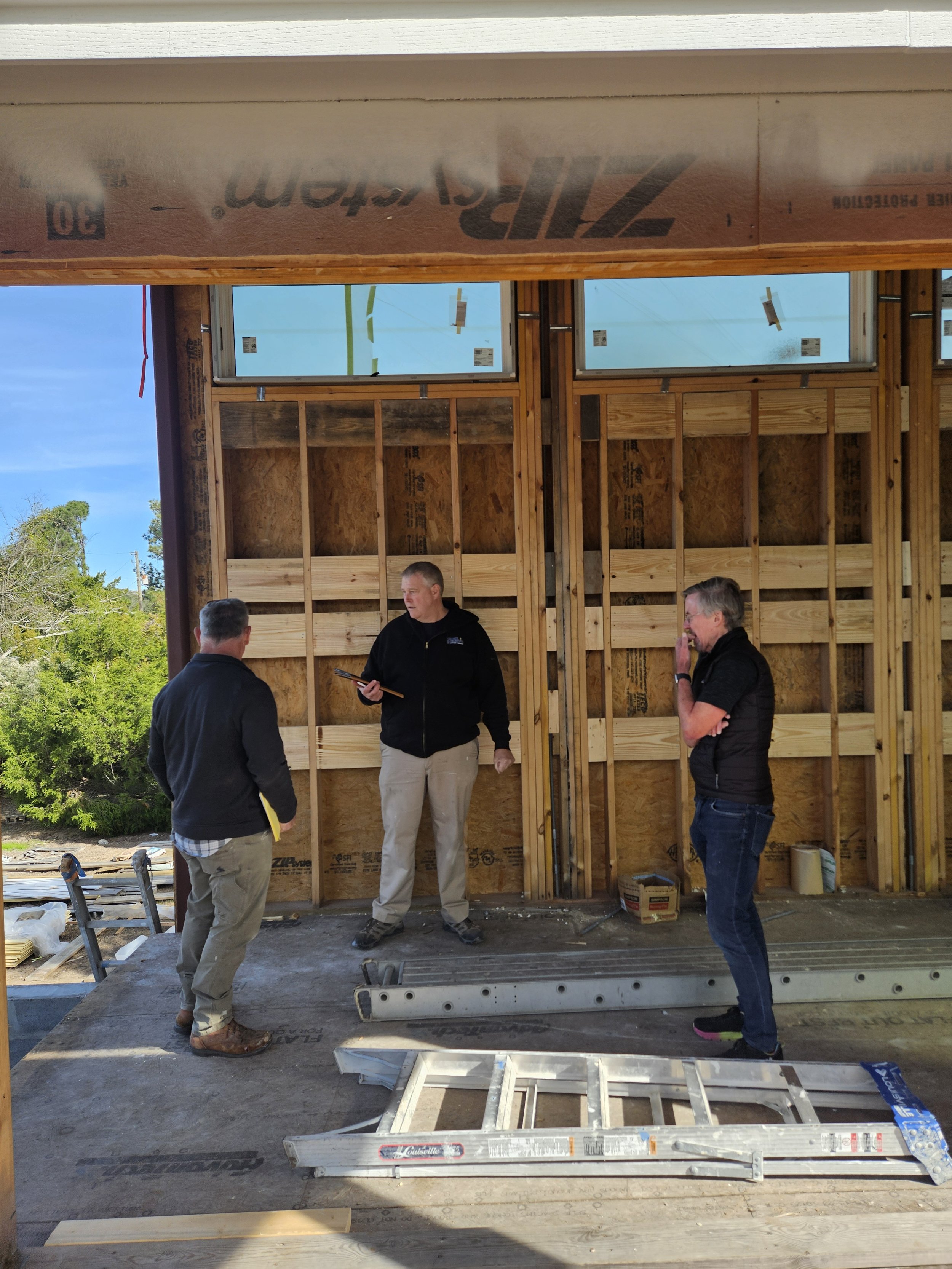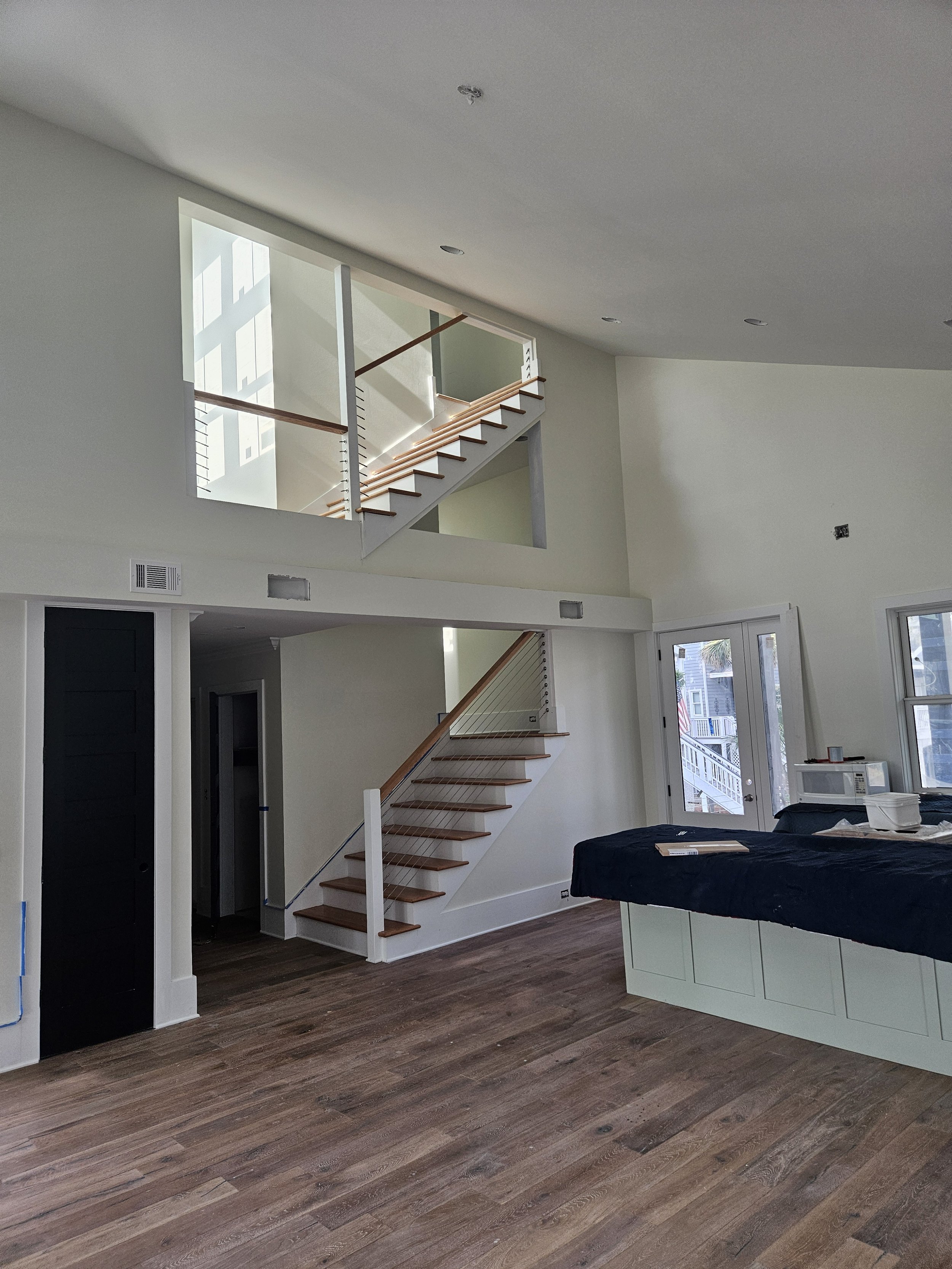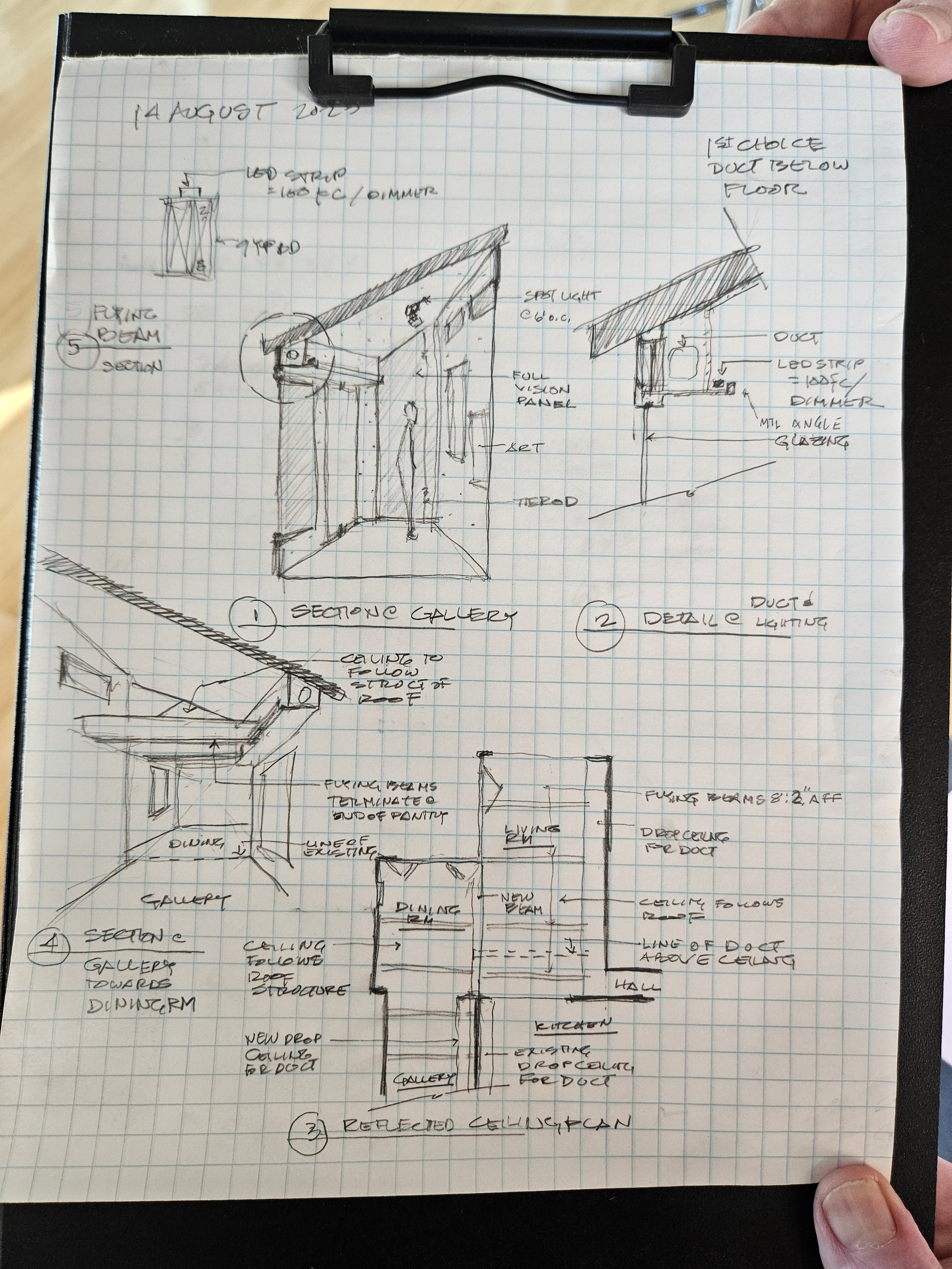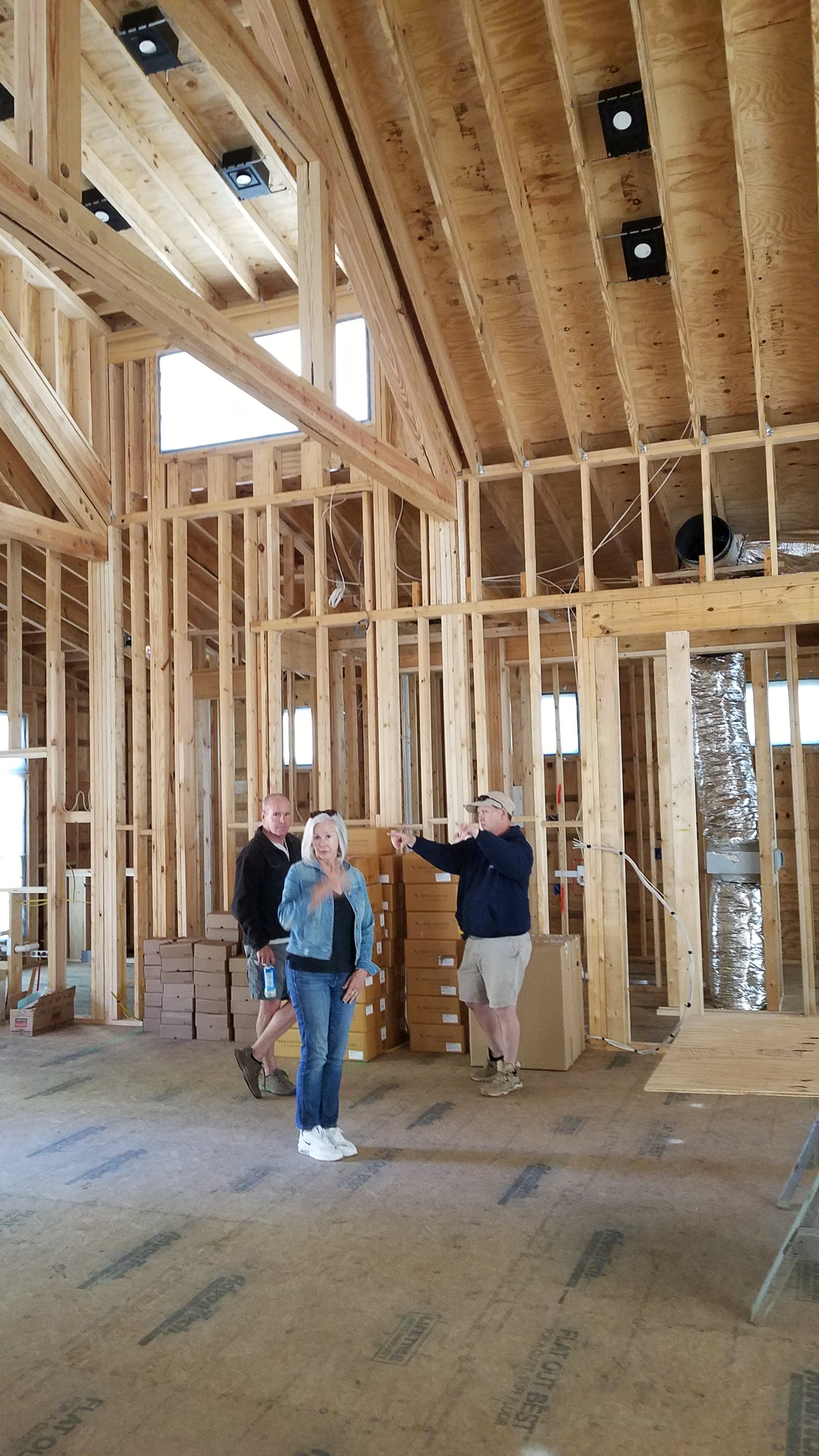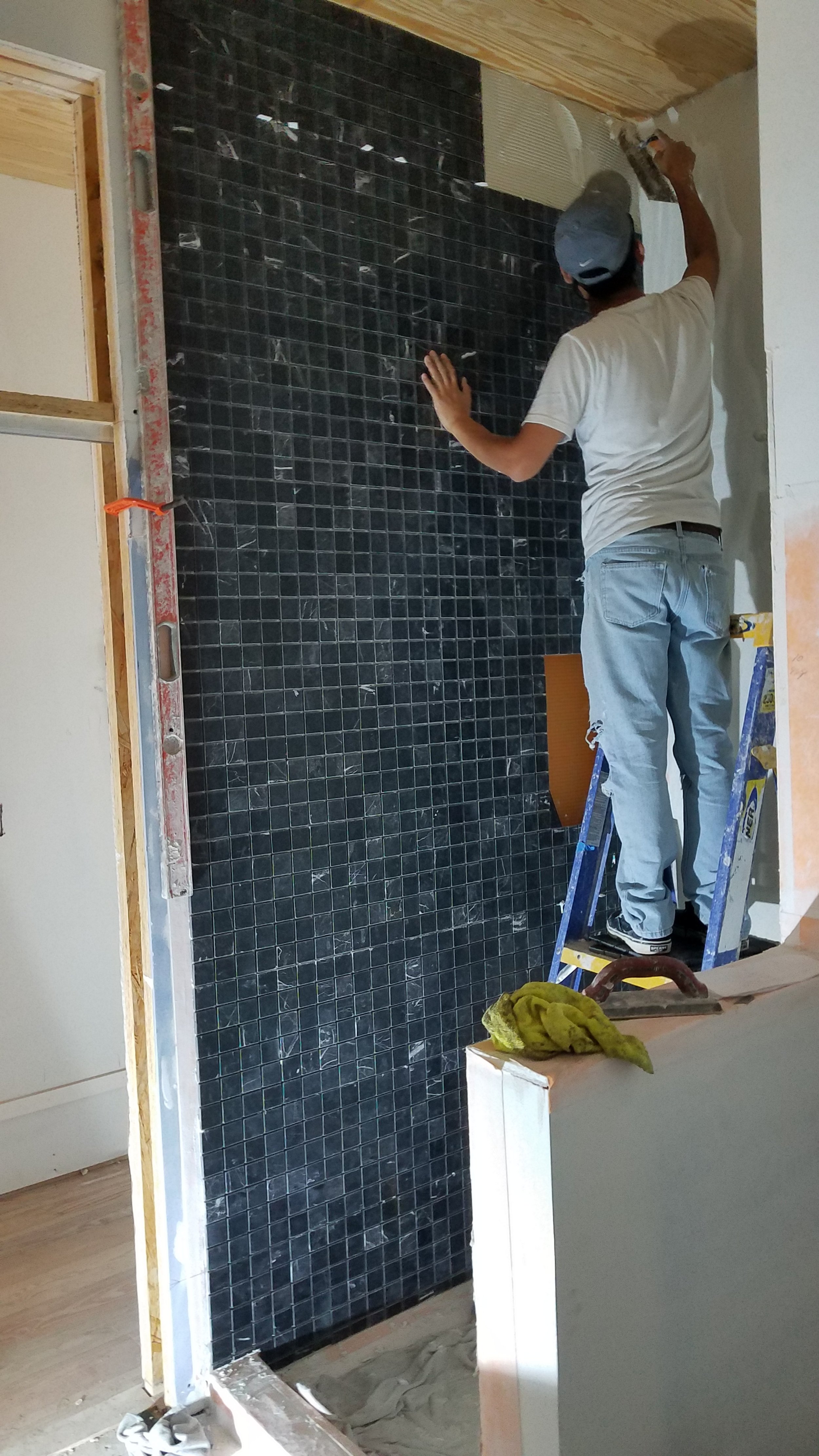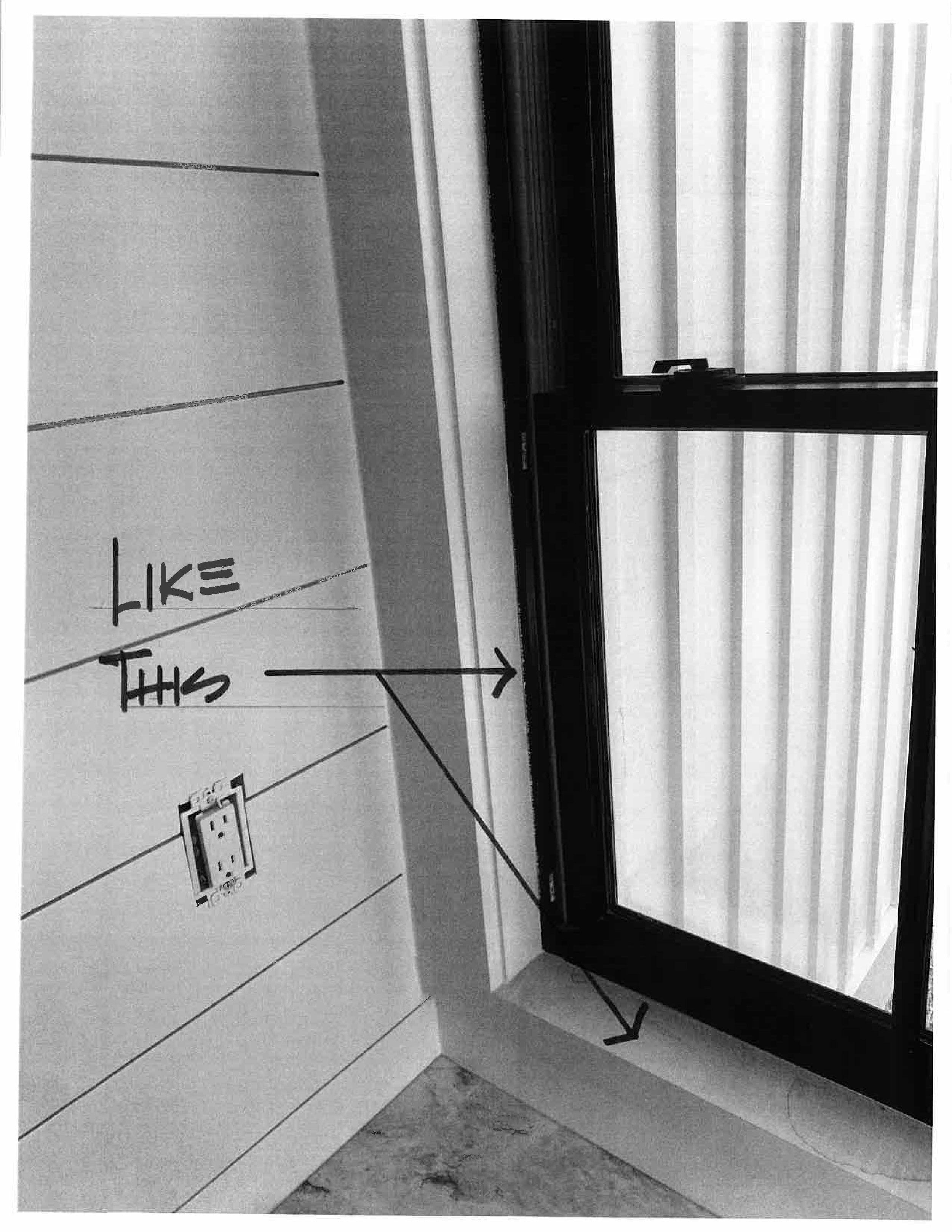10 Reasons an Architect is Essential During Construction
Often homeowners think they can save money by ditching the architect once construction begins. But even with a complete set of plans, questions still arise throughout construction. If an architect isn’t there with answers, then it’s left to the homeowner or builder to guess. It’s difficult for builders to come up with the right solutions without fully understanding the design intent. Usually, the builder will just do things as they’ve always done before, perhaps neglecting details important to you such as the air, water, and thermal control layers needed to create the tight building enclosure you want—and that you’ve paid an architect to design.
An architect friend, Jakie, told us how he was once commissioned to design a house in the mountains—but he wasn’t hired for the construction administration. When the structure was almost completely built, Jakie visited the house. He looked and looked and finally told the builder, “This doesn’t look anything like the drawings.”
The builder replied, “Well, you have to admit it kinda resembles them.”
Your investment is too big to have your home “kinda resemble” the meticulous, professional drawings of your future home.
Here are ten reasons you want an architect on your side during construction.
1. The architect is your advocate on the job site. Contractors love this because they can always pick up the phone and get the answer they need from the architect. Many of our clients are not living locally while their house is under construction, so our site visits, followed by detailed field reports and photos, are essential to keeping homeowners up to date on progress.
2. You’ve spent your time, money and creativity to work with a trusted professional on the perfect design for your home. That architect then spends a lot of time detailing exactly how your house should be built. It’s important to have our eyes on all of the elements as they come together. For example, the building enclosure protects your house from the elements, but if the control layers are not installed correctly, the potential for problems with mold and mildew are greatly increased.
3. The architect certifies every pay request from the contractor. This ensures that you are only paying for the work completed and the materials on-hand. On cost-plus jobs we reconcile every receipt with the pay request.
4. The architect often catches mistakes before it is too late, and much more costly, to correct. Tom once caught walls built in the wrong location early in the framing phase, and when Jane was on a site visit many years ago, she found that the wall plate was not at the right height and it was immediately corrected.
5. Architects fully understand the design intent and when questions arise, they have the knowledge and background to develop the best solutions, especially since they’ve already been thinking about the house for many months.
6. Architects see the big picture and can anticipate how any changes in the field will affect the rest of the construction.
7. Architects review shop drawings ensuring that the material packages are correct. Some submittals such as plumbing fixtures and window packages have a lot of parts, so mistakes are more prevalent.
8. Architects require mockups of trim and other finishes for approvals.
9. Architects run interference (in a good way!) with building inspectors when necessary on behalf of the contractor and keep things moving.
10. Architects take care of the innumerable day-to-day questions and hassles (and know when your input is needed!) making the entire process much less stressful.
Bonus tip: We work closely, and often, with our construction partners, so we know each other well and have developed a mutual respect, trust, and understanding along the way. For our clients, the benefits of these relationships are priceless.


